Sewing is an art that has been around for centuries. And it’s no surprise that it has evolved with time, giving birth to various techniques and tools. Today, we have machines that can stitch up fabrics in minutes, but hand sewing is still undeniably useful for small projects and detailed work. Regardless of the method, having the right sewing tools is essential to achieve that perfect stitch. In this article, we’ll explore some of the essential sewing tools that every sewing enthusiast should have in their arsenal.
Needles
Needles are the most basic and indispensable tool in sewing. They come in various sizes and are designed to cater to different sewing needs. Hand sewing needles are commonly used for petite stitching projects, while machine needles are essential for sewing with a machine. The size and type of needle you need usually depend on the fabric you are working with. For example, thicker needles are suitable for heavier fabrics like denim, while thinner ones work great for delicate fabrics like silk.
Thread
Thread is the backbone of sewing as it brings the pieces of fabric together. When choosing a thread, consider the type of fabric you are using and the project’s purpose. Thread comes in different materials like cotton, polyester, silk, nylon, and metallic. Cotton thread is perfect for everyday sewing, polyester thread is sturdy and great for garments that need to withstand regular washing, while silk thread is delicate and lightweight, perfect for sewing luxury fabrics.
Scissors
Every sewing enthusiast knows the importance of having a pair of sharp scissors. Scissors come in various types like general-purpose scissors, pinking shears, embroidery scissors, and more. General-purpose scissors are used for cutting fabrics, while pinking shears create a zigzag edge to prevent fraying. Embroidery scissors have pointed tips for precision cutting. It’s crucial to have different types of scissors for different sewing needs, and it’s equally important to keep them sharp for clean and accurate cuts.
Seam Ripper
Mistakes happen, and sometimes we have to undo our stitches. A seam ripper is an invaluable tool in such situations. It’s designed to cut through threads without damaging the fabric. A seam ripper has a sharp point on one end to cut the stitches, while the other end has a small hook to pull out the thread. It’s a small but mighty tool that can save you from a lot of frustration and wasted fabric.
Measuring Tools
Accurate measurements are essential for achieving a perfect fit. Measuring tools like rulers, measuring tapes, and sewing gauges are crucial for sewing projects. Rulers come in different lengths, and they are useful for making long and straight measurements, while measuring tapes are more flexible and perfect for measuring curved areas. Sewing gauges are small rulers with adjustable sliders used to mark seam allowances, hemlines, and other small measurements.
Sewing Machine
Last but not least, a sewing machine is an essential tool for both beginners and experienced sewers. It simplifies the sewing process and allows you to work with different stitching techniques, saving you time and effort. Sewing machine technology has come a long way, and today’s machines come with various features like different stitching patterns, buttonhole stitches, and automatic threading. However, if you prefer hand sewing, that’s perfectly fine too; hand sewing has its charm and is necessary for some projects.
In conclusion, these are some of the essential sewing tools that you should have in your sewing kit. Whether you’re a beginner or an experienced sewer, having the right tools will make your sewing projects a lot more manageable and enjoyable. So, stock up on these tools, and you’ll be ready to tackle any sewing project that comes your way!
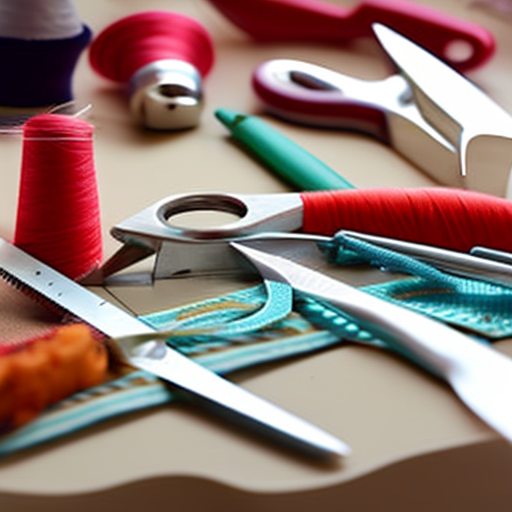
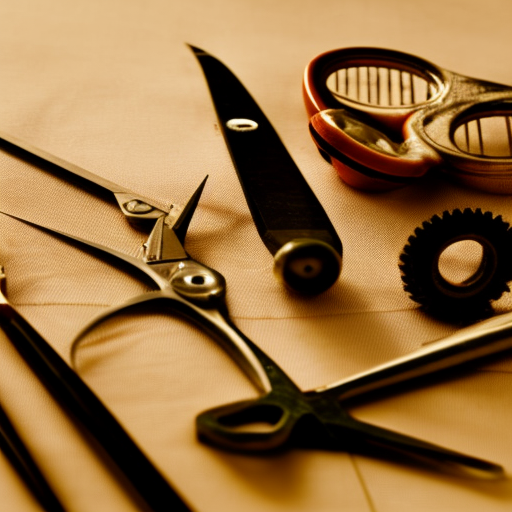
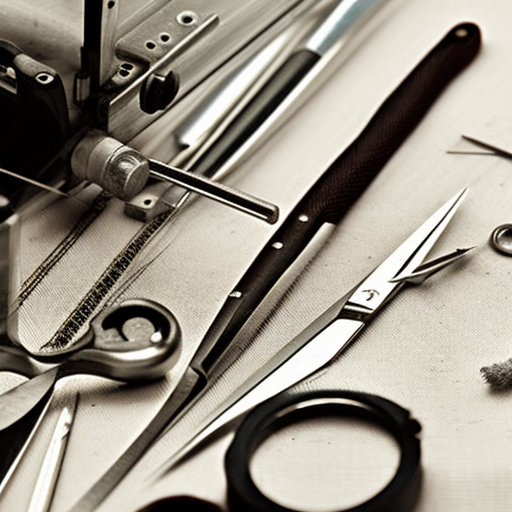
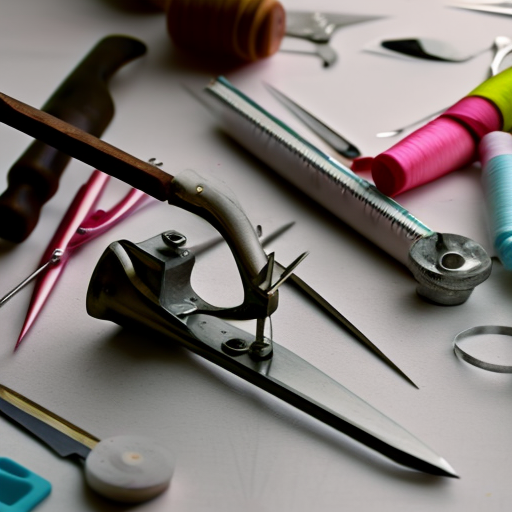
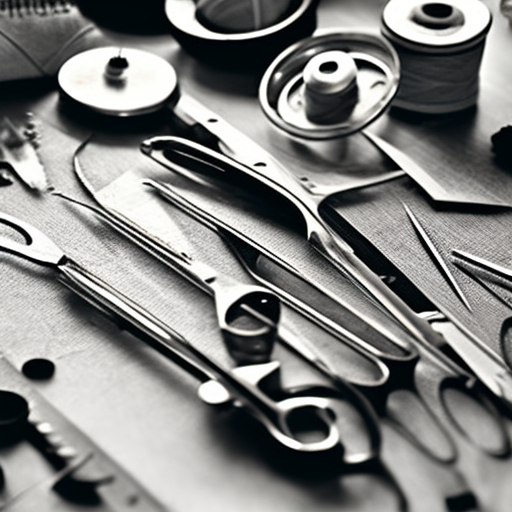
Very informative article!
This is a great article for anyone looking to become familiar with the basics of sewing tools – helpful for beginners and experienced sewers alike!
Super helpful!
Great article! This is a comprehensive guide for anyone looking to start their sewing journey. The tools covered in the article are crucial for any successful project – good to know them all!